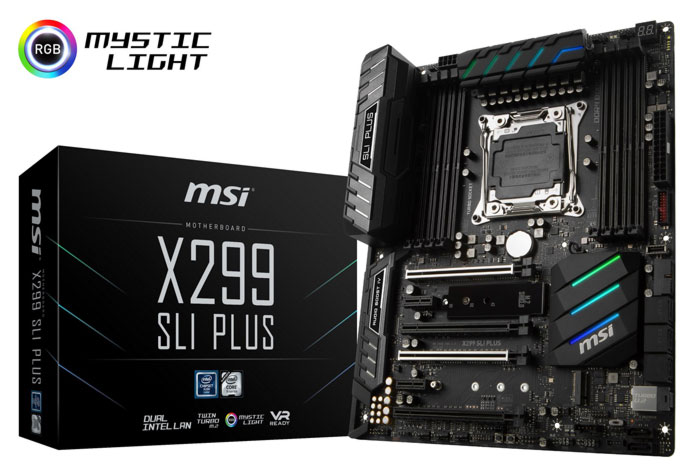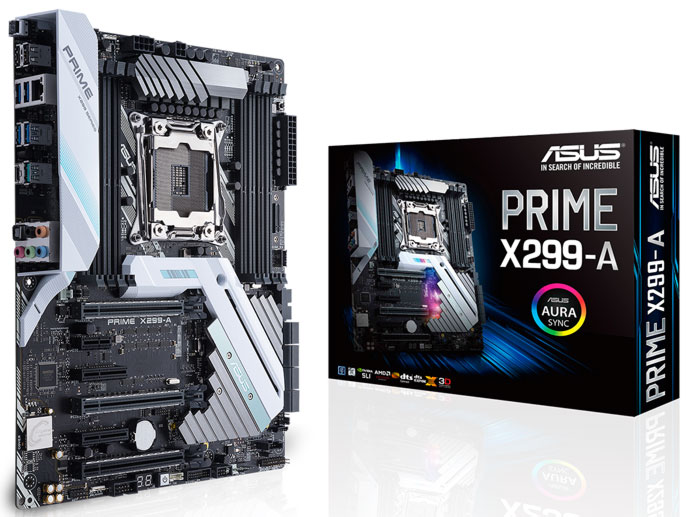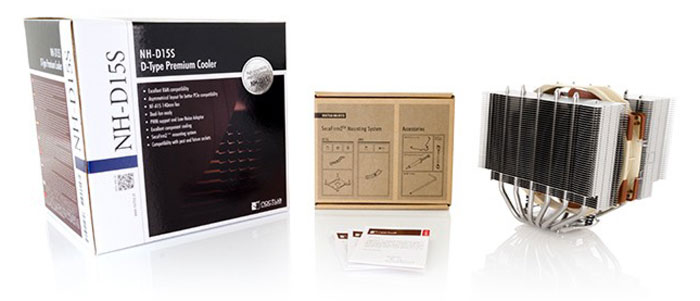Both Intel and its X299 motherboard maker partners have been taken to task by overclocking champ der8auer in a new YouTube video. In The X299 VRM Disaster der8auer argues that there are no current motherboards are "properly designed". He had been investigating motherboard choices for integration into CaseKing systems and none of those tested from Gigabyte, Asus, or MSI have met his approval.
Considering the thorny problem of where the fault for this situation lies, der8auer says that the blame should be split 50/50. Intel, he suggests, rushed the launch so the usually capable motherboard partners didn't have time to design and fully test market-ready products. On the blame levelled at motherboard makers there are various niggles, mostly concerning the headlining VRMs and power delivery.

A repeating theme throughout the video is that X299 board designs from Gigabyte, Asus and MSI have these fancy VRM heatsinks that look appealing in a Transformers-robotic futuristic way but unfortunately act as insulators rather than helping heat to dissipate. In other words, all the boards the overclocker tested "have a very bad heatsink design". One thing of note is that der8auer has been testing Kraken LCS cooled Skylake X CPUs on these boards which, unlike air coolers, don't enhance the airflow around the CPU socket areas.
In the first example looked at, of a Gigabyte Aorus X299 motherboard, der8auer tested a CPU known to be able to hit 5GHz and could only achieve 4.6GHz. As mentioned above, the VRM heatsinks were partly to blame.
A lot of boards on the market have just one 8-pin connector to power them, observed der8auer. On an X299 board that is "is not enough" for overclocking he asserted. Illustrating the issue, an 8-pin power delivery cable in an open test bench reached 65C - in some build / environment circumstances this could become a fire hazard.

If you intend to overclock your Skylake X CPU you must choose a board with more than a single 8-pin power input, said der8auer. However, in testing, the Asus Prime with 8-pin and 4-pin connectors - exhibited worse VRM temperatures than the Gigabyte X299 solution, so started throttling running the PRIME95 benchmark after just 5 mins. The "ridiculous" Asus VRM cooler thus resulted in the CPU throttling down from 4.5GHz to 1.2GHz for 10 seconds, cooling a little, hitting 4.5GHz again, then getting too hot so throttling down to 1.2GHz again, and so on…
HEXUS published two X299 motherboard reviews last week. Both the Asus and MSI boards we tested managed a stable 4.7GHz overclock. We used the Noctua NH-D15S CPU cooler which "provides massive airflow over surrounding motherboard components and heatsinks".














